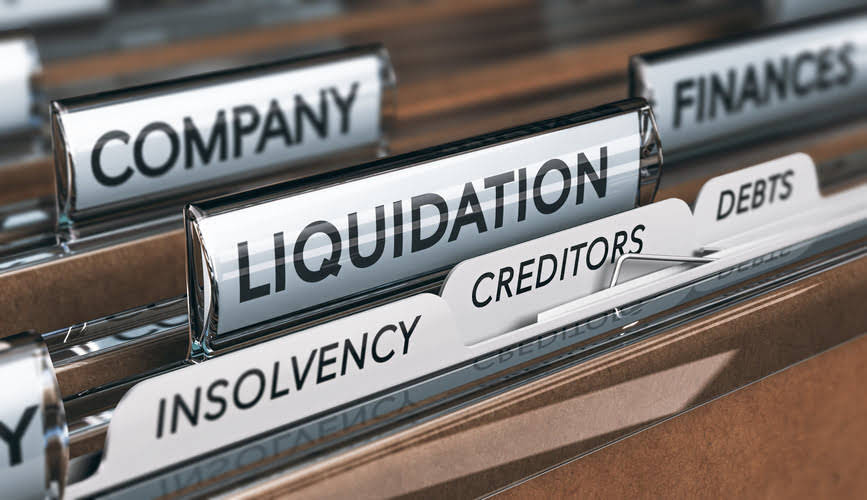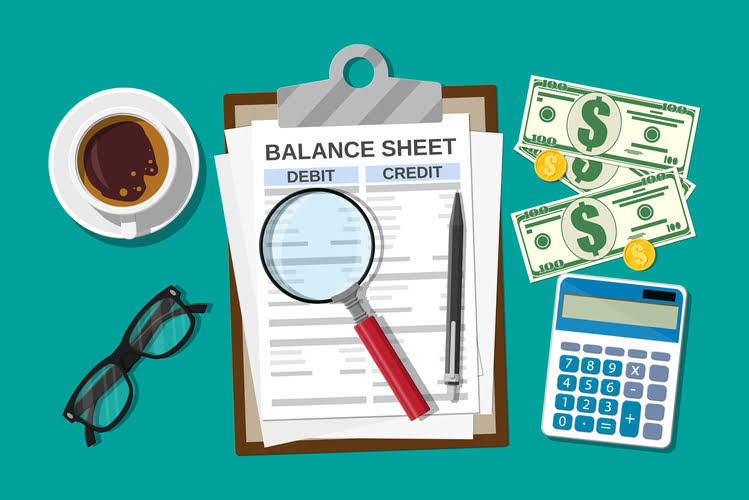
FIFO costing does not mix costs from prior tenure (in beginning inventory) with a current period expense. The concept of Total Period Cost originates from managerial accounting, where it’s essential to distinguish between costs directly tied to production and those that aren’t. This distinction aids in the accurate financial assessment and strategic planning of a company’s operations. This figure helps in assessing the non-production-related expenses and in strategic planning for future financial periods. There are types of period costs that may not be included in the financial statements but are still monitored by the management. Product cost and period cost are accounting concepts used to categorize and allocate expenses in a business.

Product Costs vs Period Costs: A Guide to Costs of Product
The costs that are not classified as product costs are known as period costs. These costs are not part of the manufacturing process and are, therefore, treated as expense for the period in which they arise. Period costs are not attached to products and the company does not need to wait for the sale of its products to recognize them as expense on income statement. According to generally accepted accounting principles (GAAPs), all selling and administrative costs are treated as period costs. If a company’s management understands both product and period costs, they can use it in improving decision-making. Product costs help businesses figure out how much it truly costs to make each item they sell, helping set prices for profit.
Cost of product vs period cost: reflecting costs in financial statements
- These terms play a part in determining the cost of goods sold (COGS) and overall profitability.
- Jamie Haenggi, president of ADT Solar, told CNET an average payback period in the US is six to 12 years, with most households leaning closer to the latter.
- Time is money in this scenario, so you’ll want to consider how long you expect the development process to take and keep track of the actual timeline of events.
- In this case, you may want to consider strategies to reduce product costs.
- This approach aligns with the principle of matching expenses with revenue, providing a more accurate representation of the true cost of goods sold.
- Examples include production materials consumed in making a product and commissions paid to salespeople.
Whether you’re planning to hire an accountant or do your own books, make sure you know how to manage period costs and why they matter. By learning the intricacies of total period cost calculation, companies can identify potential areas for cost reduction and enhance their profitability. Additionally, the formulation assists in streamlining processes by aligning expenses with the company’s financial objectives. Effective calculation influences not only internal assessments and improvements but also affects how investments and pricing strategies are planned. Both period and product costs are tied to a company’s performance and growth strategy.
Period costs don’t impact inventory valuation
Capacity costs are further divided into standby costs and enabling costs. Standby costs will continue if the firm shuts down operations or facilities temporarily. Examples are depreciation, property taxes, and some executive salaries. However, if these costs become excessive they can add significantly to total expenses and they should be monitored closely so managers can take action to reduce them when possible.

Understanding period costs helps assess the day-to-day financial health of a business. And while product costs focus on the creation of goods or services, period costs represent the broader expenses necessary to sustain the business’s overall operations and facilitate growth. According to the same source, period costs have a direct effect on a company’s financial performance. As a small business owner, you want to keep this cost low and avoid unnecessary expenses.
- These generally include selling and administrative expenses that the company incurs within the current accounting period and cannot capitalize on the balance sheet.
- Period expenses are important to know about because they can have a direct impact on both reducing costs and increasing revenue.
- If you consume a lot of electricity, solar might only translate to a small reduction in your electricity costs, which means it could take longer for you to see a return on your investment.
- Although no standard formula exists for calculating period costs, the process involves the cumulative addition of all respective costs.
- Period costs are expenses that are not directly tied to production but rather to the time period in which they are incurred.
- In manufacturing companies, theses costs usually consist of direct materials, direct labor, and manufacturing overhead cost.
- Integrate financial data from all your sales channels in your accounting to have always accurate records ready for reporting, analysis, and taxation.
- It stands as a versatile resource for financial management and planning, ensuring individuals and businesses can achieve their financial goals.
- Once the inventory is sold or otherwise disposed of, it is charged to the cost of goods sold on the income statement.
- There are types of period costs that may not be included in the financial statements but are still monitored by the management.
- If you live on a shady lot, and your panels’ production is more intermittent, you won’t see a payback quite as quickly.
- In addition to categorizing costs as manufacturing and nonmanufacturing, they can also be categorized as either product costs or period costs.
- They are also included in determining the amount of revenue that has been earned when an asset is sold, which in turn can affect both revenues and costs in future accounting periods.
Are you going to hire employees, an agency, or freelancers to build your product? The firm will not incur enabling costs if operations shut down but will incur them if operations occur. Some will likely be constant over the entire output range; others will vary in steps. For example, a single-shift operation might require only one departmental supervisor, but the operation of a second shift will require a second supervisor. Such cost classifications have been proven useful to people, like most analysts who develop how to calculate total period cost several costs, classifying them per their uses in various managerial applications.

Whether figuring out total period costs or analyzing financial data, Sourcetable simplifies the calculation process. Understanding how to calculate total period cost is essential for accurate financial analysis in business management. As there is no standard formula, professionals primarily rely on categorized expense identification and aggregation to compute this essential metric.

Synder Product Mapping: A Short Feature Overview
The cost of 300 units would be transferred to cost of goods sold during the year 2022 which would appear on the income statement of 2022. The remaining inventory of 200 units would not be transferred to cost of good sold in 2022 but would be listed as current asset in the company’s year-end balance sheet. These unsold units would continue to be treated as asset until they are sold in a following year and their cost transferred from inventory account to cost of goods sold account. Raw materials, direct labor and manufacturing overhead are all product costs, notes Harper College. These expenses are recorded as inventory on the online bookkeeping balance sheet and become part of the cost of goods sold.

Factors that affect product cost
When the product is sold, these costs are transferred from inventory account to cost of goods sold account and appear as such on the income statement of the relevant period. For example, John & Muller company manufactures 500 units of product X in year 2022. Out of these 500 units manufactured, the company sells only 300 units during the year 2022 and 200 unsold units remain in ending inventory. The direct materials, direct labor and manufacturing overhead costs incurred to manufacture these 500 units would be initially recorded as inventory (i.e., an asset).

Comentários